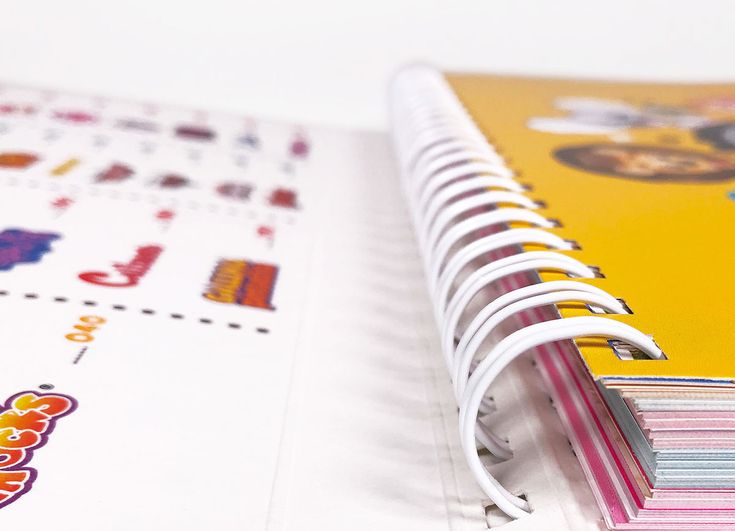Aquí encontrarás la información necesaria para emitir tus comprobantes en la versión 4.0 de la factura electrónica (Anexo 20).
Novedades
A partir del 1 de enero de 2022, se actualizó la versión del CFDI pasando a la versión 4.0, tendrá un periodo de convivencia con la versión 3.3 del CFDI, el cual comprende del 1 de enero al 31 de diciembre de 2022. por lo que, a partir del 1 de enero de 2023 la única versión válida será la 4.0.
Los principales cambios son:
Documento |
Descripción |
Publicación |
Consulta |
|---|---|---|---|
Guía de llenado del CFDI versión 3.3 |
Proporciona seguridad y claridad sobre la manera de realizar el correcto llenado. |
10/01/2020 |
Guía |
Guía de llenado del CFDI versión 4. |
Proporciona seguridad y claridad sobre la manera de realizar el correcto llenado. |
31/12/2021 |
Guía |
Calendario de actualizaciones |
Revisiones a la guía de llenado. |
07/07/2020 |
Calendario |
Histórico de la guía de llenado |
Versiones anteriores de la guía de llenado. |
---- |
Históricos |
Guía de llenado de la factura global versión 3.3 |
Consúltala (versión 3. |
10/01/2020 |
Guía |
Guía de llenado de la factura global versión 4.0 |
Consúltala (versión 4.0) |
31/12/2021 |
Guía |
Calendario de actualizaciones |
Revisiones a la factura de llenado global. |
07/07/2020 |
Calendario |
Histórico de guía de llenado |
Consulta las versiones anteriores |
---- |
Históricos |
Guía de llenado de los CFDI emitidos por la Federación, Entidades Federativas y los Municipios por Contribuciones, Derechos, Productos y Aprovechamientos |
Factura por derechos, productos y aprovechamientos versión 3. |
31/08/2018 |
Guía |
Guía de llenado de los CFDI emitidos por la Federación, Entidades Federativas y los Municipios por Contribuciones, Derechos, Productos y Aprovechamientos |
Factura por derechos, productos y aprovechamientos versión 4.0. |
31/12/2021 |
Guía |
Calendario de actualizaciones |
Revisiones a la guía de llenado de productos, derechos y aprovechamientos |
07/07/2020 |
Calendario |
Histórico de la guía de llenado |
Versiones anteriores de la guía de llenado de la factura por derechos, productos y aprovechamientos |
---- |
Históricos |
Material de apoyo |
Material de apoyo para la generación de facturas. |
23/05/2018 |
Material |
Catálogos CFDI versión 3.3 |
Consulta las claves y descripciones de los catálogos requeridos para llenar tu factura. Nota: La fecha de inicio y fin de vigencia para las claves incluidas en las actualizaciones de los catálogos, se indican en las columnas correspondientes en cada catálogo, por lo que para aquellas claves cuya vigencia expiró, no se podrán utilizar a partir de la fecha indicada en la columna fecha fin de vigencia. |
17/11/2022 |
Catálogos
|
Catálogos CFDI versión 4. |
Consulta las claves y descripciones de los catálogos requeridos para llenar tu factura. Nota: La fecha de inicio y fin de vigencia para las claves incluidas en las actualizaciones de los catálogos, se indican en las columnas correspondientes en cada catálogo, por lo que para aquellas claves cuya vigencia expiró, no se podrán utilizar a partir de la fecha indicada en la columna fecha fin de vigencia. |
17/11/2022 |
Catálogos
|
Búsqueda de productos y servicios y unidad de medida |
Herramienta de apoyo. Consulta tutorial. |
07/07/2017 |
Buscador |
Preguntas frecuentes |
Respuestas a las que se realizan con mayor frecuencia (vigente). |
07/09/2017 |
Preguntas |
Histórico de preguntas frecuentes |
Revisa versiones anteriores. |
---- |
Histórico |
Documentación técnica - anexo 20 versión 4.0 vigente a partir del 1 de enero 2022:
| Documento | Fecha de última modificación en este portal |
|---|---|
| Esquema (xsd) | 28/12/2021 |
| Estándar (pdf) | 18/01/2022 (Versión publicada en el DOF) |
| Secuencia de cadena original (xslt) | 23/12/2021 |
| Catálogo de datos (xsd) | 05/10/2022 |
| Matriz de errores (xls) | 27/10/2022 |
Catálogos CFDI Versión 4. 0 (xls) 0 (xls) |
17/11/2022 |
Documentación técnica - anexo 20 versión 3.3 vigente hasta el 31 de diciembre de 2022:
| Documento | Fecha de última modificación en este portal |
|---|---|
| Esquema (xsd) | 28/07/2017 (Versión publicada en el DOF) |
| Estándar (pdf) | 28/07/2017 (Versión publicada en el DOF) |
| Secuencia de cadena original (xslt) | 01/12/2021 |
| Catálogo de datos (xsd) | 29/12/2020 |
| Patrón de datos (xsd) | 14/12/2017 |
Esquema del timbre fiscal digital versión 1.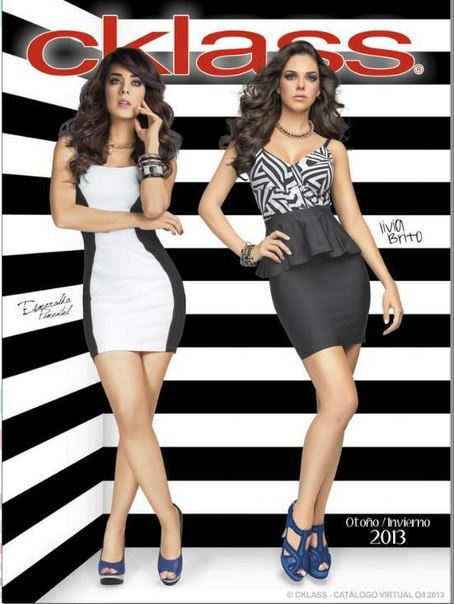 1 (xsd) 1 (xsd) |
12/04/2017 |
| Secuencia de cadena original del timbre fiscal digital (xslt) | 29/05/2017 |
| Matriz de errores (xls) | 12/04/2017 |
| Catálogos CFDI Versión 3.3 (xls) | 17/11/2022 |
Nota: El 1 de julio de 2017 entró en vigor la versión 3.3 de la factura; siendo obligatoria a partir del 1 de enero del 2018.
Publicaciones Recientes
2022-11-01 15:41:00 -0600
Donatarias Autorizadas
2022-09-20 17:59:00 -0500
Combate a la corrupción
2022-09-20 17:53:00 -0500
Qué es el Buzón Tributario
2022-09-20 17:49:00 -0500
Marbetes en botellas de bebidas alcohólicas
2022-09-13 16:36:00 -0500
EFICINE, listados de proyectos susceptibles de autorización en el segundo período de 2022
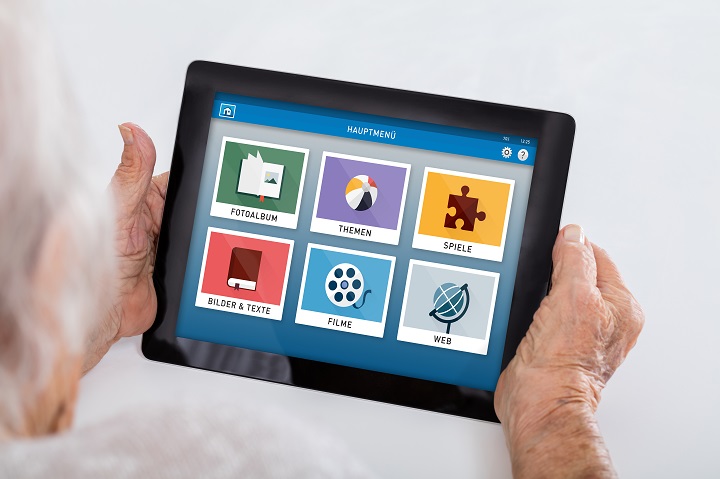 Actividades de pequeños comercios, oficios y actividades profesionales
Actividades de pequeños comercios, oficios y actividades profesionalesServicio de Administración Tributaria | 31 de enero de 2018
Criterios generales a considerar para una mejor identificación de tus productos y servicios en el catálogo de productos y servicios del anexo 20
La identificación de la clave en el catálogo c_ClaveProdServ, es responsabilidad del emisor del comprobante, en razón de ser quien lo elabora y lo emite además de ser quien conoce las características y la naturaleza del producto o servicio que amparará el mismo.
 Ingresa a la herramienta.
Ingresa a la herramienta.


Imprime la página completa
La legalidad, veracidad y la calidad de la información es estricta responsabilidad de la dependencia, entidad o empresa productiva del Estado que la proporcionó en virtud de sus atribuciones y/o facultades normativas.
17.02.2022
Making printed catalogs is a lot of nuances to keep in mind. How to arrange, how to place goods, what products to place and where exactly? Is it worth resorting to the development of individual design? Everything matters: any "little thing" can stimulate buyers to purchase a product - or vice versa.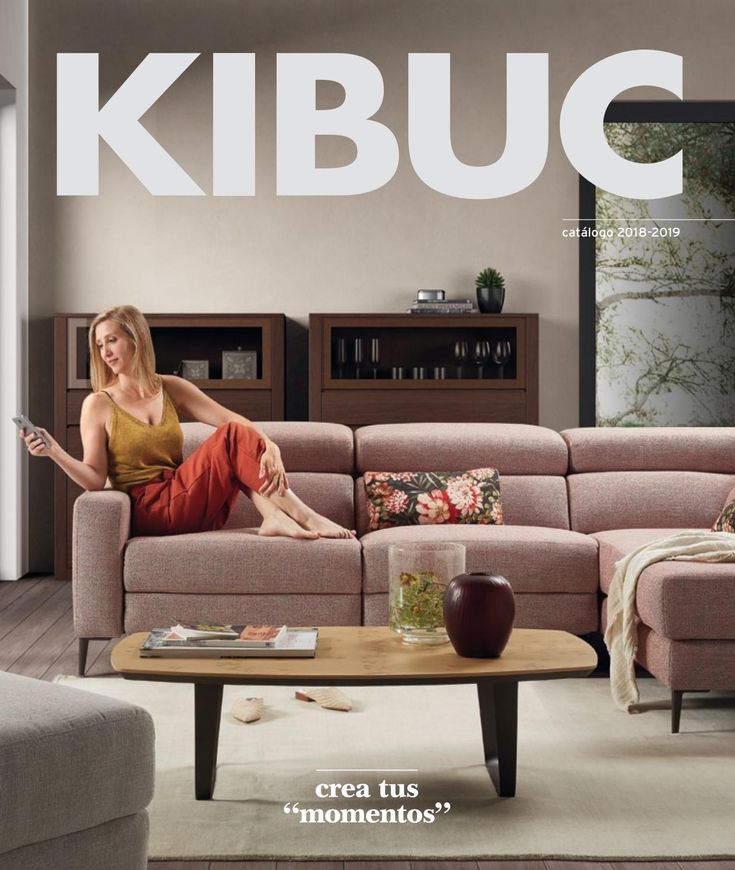 Luckily, there are a few tips that will make your printed product more interesting and appealing to customers.
Luckily, there are a few tips that will make your printed product more interesting and appealing to customers.
Before you start designing, you need to understand what printing is for. Catalogs are used in different fields and fields, for example:
 For example, information and image.
For example, information and image. Each type is arranged in its own way, but in any case, printing should be attractive, well-structured and of sufficient quality.
How do you design print that works? There is no universal solution - you always need to consider the project as a whole, with a brand, marketing tasks, and a product. However, there are a few tips that will be relevant almost always.
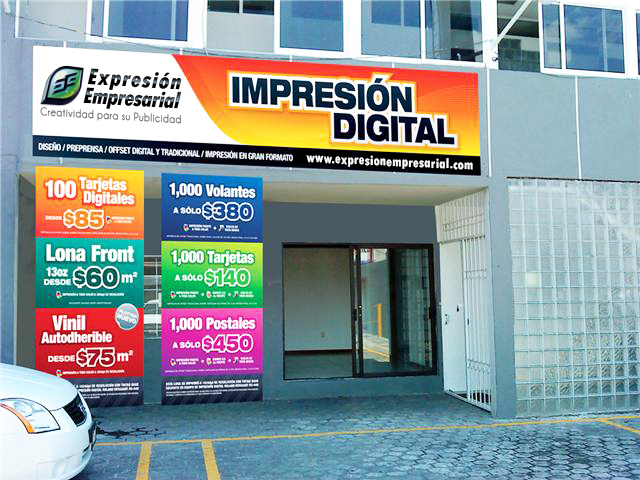 The quality of photographs, individual design, and the presence of accompanying texts depend on this. At this stage, it is important to decide on the budget and write the TOR for all specialists.
The quality of photographs, individual design, and the presence of accompanying texts depend on this. At this stage, it is important to decide on the budget and write the TOR for all specialists.  For advertising, this is very important. Use visual techniques, post-print processing, drawings. Listen to suggestions. You can have a brainstorm that will lead your team to an original solution.
For advertising, this is very important. Use visual techniques, post-print processing, drawings. Listen to suggestions. You can have a brainstorm that will lead your team to an original solution. For a person who is not involved in the production of advertising, creating an advertising catalog will not be an easy task. You can outsource it to our specialists, designers and artists who will make an attractive, competent and original printed catalog for you. It will definitely attract the attention of your customers and show the products in the most favorable light.
How are pictures printed on glasses, plates and pens? The answer is pad printing!
← Previous articleWhat and how outdoor advertising is covered?
Next article → If products differ significantly, they should be presented in the catalog on separate product cards; the parameters of one product should be displayed on the product page.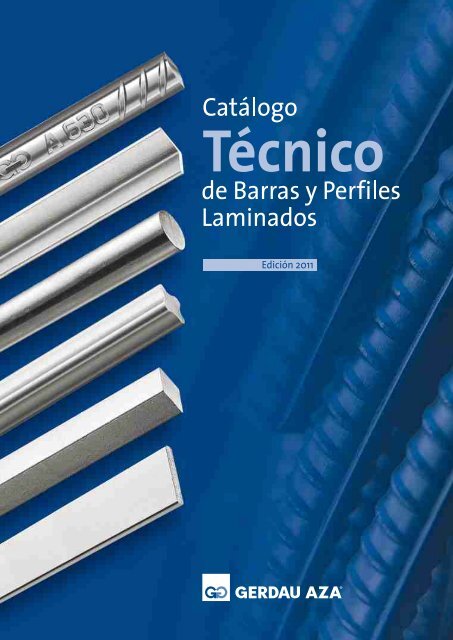
For the 5th edition of the Ecommerce User Experience Report Series, we've produced another study. It showed that sometimes people have difficulty buying products that have multiple options (i.e., they can be made from different materials, have different prints, come in different sizes and colors).
The usability issues we identified occurred when an e-commerce site presented the same product with multiple options in the catalog as if they were different products. And vice versa - when different products were shown as if they were one product with different characteristics. Let's discuss the difference.
Suppose there are two different products on an e-commerce site - A and B. If the only difference between them - is one parameter (for example, color, size, print, material), then they are considered one item. However, if the characteristics of two products are significantly different, then these are different products.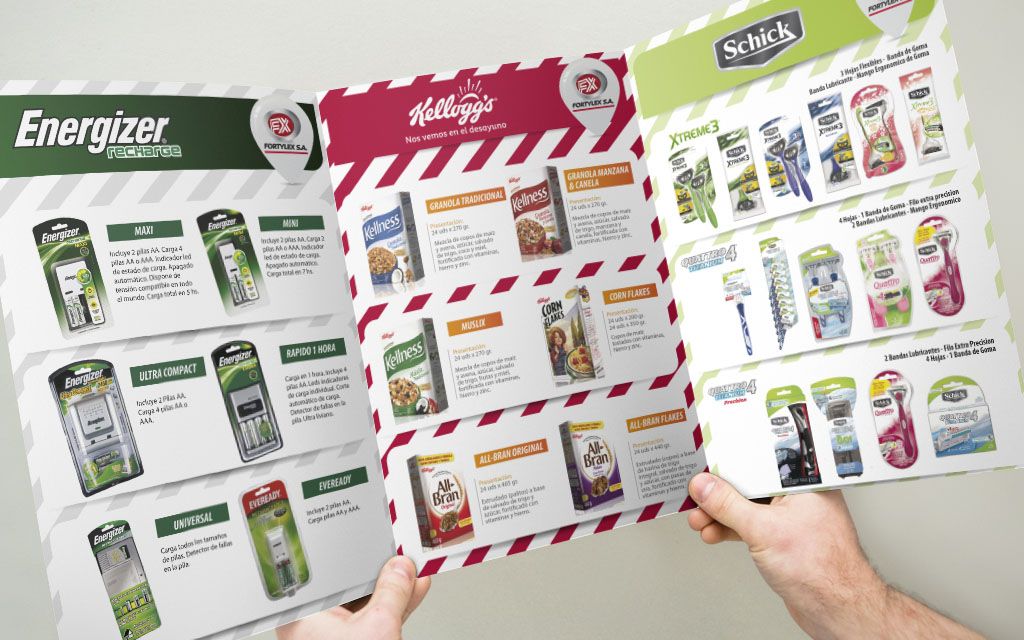
The key guiding principle based on the study of online shoppers can be summarized as follows:
If products differ, they should be presented in the catalog on separate product cards; characteristics of one product must be placed on the product page.
If this rule is not observed, the following usability problems arise:
In this article, we will use examples to analyze both problems that have arisen in usability testing and explore in detail the obstacles they create.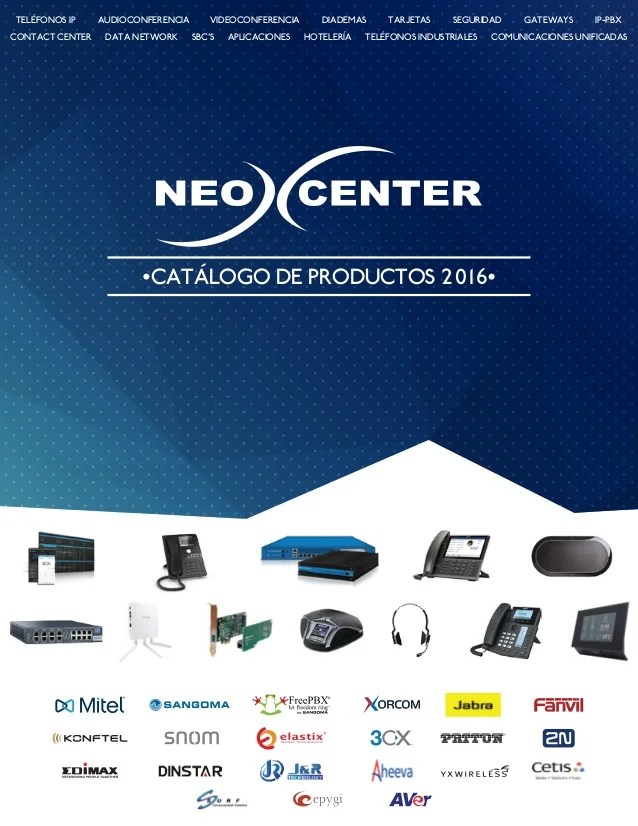
In our research, we came across product pages with dropdown lists. But instead of choosing the characteristics of one product, they presented completely different products.
For example, on the Best Buy online product page, along with the details of the TV, there was a drop-down list showing other TV models. Each model differed significantly in function and technology.
The Best Buy website prompted users to select their TV model on the product page.While shopping for a new TV, one of the study participants was overwhelmed by the selection of models on display. In fact, when you click on any of the fields in the drop-down list, the information on the product page (including the product name) changes. But the participant did not immediately notice this, because the image remained the same.
The distinction between the goods themselves and their characteristics is extremely important. The wrong choice causes problems for users for two reasons.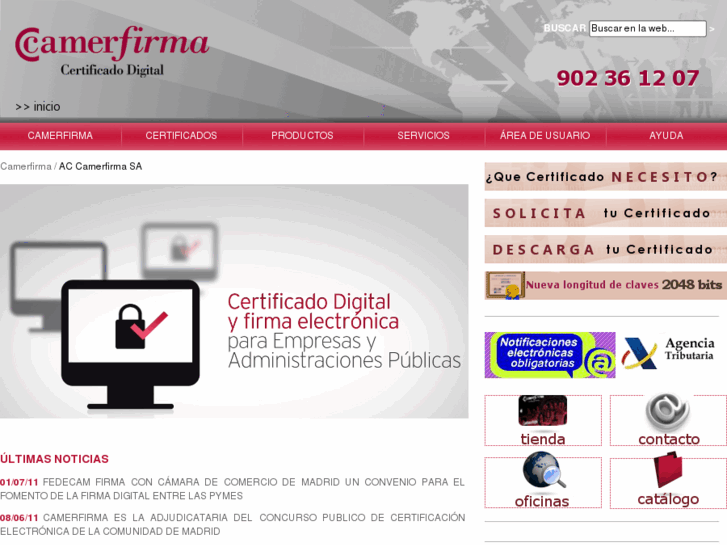
First, with a drop-down list of complex features that completely change the product description, users will not have enough information to make an informed choice . Choosing a TV model is a difficult decision, because there are many differences between them - they are completely different products! People do not have a deep understanding of how one collection differs from the rest, so the options in the drop-down list (for example, CX and NanoCell 81) mean nothing to most users. (This confusion is exacerbated by meaningless names, but that's another story.)
Best Buy: Below the TV model selection box is a link "What's the difference?" (eng. “What’s the difference”).Clicking on this link opens a modal window with a comparison and a link to the full comparison table (“See full comparison”). Unfortunately, our study participant did not notice this link.
When choosing an item as expensive as a TV, more information is required than just the options presented in the drop-down menu. Study participant noted:
Study participant noted:
“I had to visit third-party websites and the LG website to understand the difference between TV models. For example, to find out how BX differs from CX. I can see different price ranges of TVs, but I need to understand what features are included in the price and which ones are right for me?
(Actually, there was information on the BestBuy website that explained the differences between different series of LG TVs, but the participant in the study did not find it).
Second, Most of the buyers who visited the product page have already searched and filtered products by price and size that match their purchase criteria. So they look at the product page with some information already. Demonstrating alternative products without additional context will be confusing, especially since they do not meet the needs of users. People should carefully evaluate the details of each of the alternatives to determine if they meet their criteria. For example, our customer found himself looking at a model that cost much more than the price he was targeting. At this point, he found it difficult to re-find the TV he was initially interested in.
For example, our customer found himself looking at a model that cost much more than the price he was targeting. At this point, he found it difficult to re-find the TV he was initially interested in.
Possibly the ability to select other TV models has been added to the product page so that customers can find similar models. However, this problem can be solved in other ways. For example, place them on the product page in the Related Products section, as other online TV stores have done. Other models can also be found when browsing the product catalog. Providing a wider selection of models on the product page is not worth the hassle users face.
Costco.com: The product page contained information about one model (photo above). Other models and sizes are located in the section "Similar products" - "Similar products" (photo below). For these reasons, the feature selection on the product page should only be provided for the same product .
On the other hand, there is the opposite problem, when each feature of one product has its own product page.
Variants of the same product presented as separate cards in a catalog lead to usability issues for shoppers.
So it was at Arhaus.com. A study participant wanted to buy a stool from the Arhaus online store. She visited the Robin Wishbone Counter Stool product page but was disappointed. There, the chair was shown to come in a single "Stone Vintage" color that didn't match her interior.
The Arhaus.com product page gives the impression that the stool is only available in one color and has only one leg height. In fact, this stool was presented in various wooden bases of different heights. Instead of allowing customers to choose the color and height of the base on the product page, the catalog presented several cards of this product with a link to a separate product page. Each product page corresponded to one color and one base height for the same stool. So since the stool came in 3 different colors and 2 heights, 6 different product pages were created to showcase it.
On top of that, there was another design error on the product page: the color of the base (“Stone Vintage”) was not properly represented – it was shown in the description next to Fabric. Moreover, only one color swatch (“Stone Vintage”) was listed next to this name, when in fact there were different colors of the base of the stool, but they were shown on other cards and different product pages.
Arhaus had separate product pages for each color and base height.This catalog shows two variations of the same stool placed together with other completely different stool designs. In this presentation of products, it is difficult for users to understand that these are different versions of the same product.
Arhaus may have created separate cards and product pages for each variation of this stool so that they are presented equally with the rest of the products. Unfortunately, this raises two serious usability problems:
We will discuss each obstacle below.
One would like to think that site visitors carefully browse the entire catalog of products, but this is not always the case. If there is a unique product page for each variation of a single product, the result will be an increase in the number of variations to view. Users who are only interested in one item must now view all options, most of which are of no interest to them. The number of options can easily be overwhelming. Buyers can get distracted or give up before they find what interests them.
Luckily, our customer, who was interested in the Wishbone stool, returned to the catalog where she came across a similar black stool model. She said: “Oh, this is the same stool, only in black! It looks like it. I prefer black, but now I'm wondering what other colors it comes in!"
She later realized that the black stool she had chosen was actually too high. It was called Robin Wishbone Barstool and was taller than the Robin Wishbone Counter Stool which she originally found under the name Vintage Stone. This discovery added another problem to the search process. She kept searching the catalog for other colors of the stool, but she also had to pay close attention to the name of the stool, which could tell the height of the stool, to make sure she only chose the color she wanted. The fact is that stools of different heights looked the same in the photographs.
It was called Robin Wishbone Barstool and was taller than the Robin Wishbone Counter Stool which she originally found under the name Vintage Stone. This discovery added another problem to the search process. She kept searching the catalog for other colors of the stool, but she also had to pay close attention to the name of the stool, which could tell the height of the stool, to make sure she only chose the color she wanted. The fact is that stools of different heights looked the same in the photographs.
Luckily, she found a black Wishbone stool at just the right height by carefully browsing through the catalog in the stool category. Although she could have used the search function, that would have interrupted the browsing process she had already wasted time on.
Online shoppers often break the process into two phases: (1) browse phase, where they browse through variations and save the items they like either in a separate tab (favorites) or in the shopping cart , and (2) selection step where they evaluate and compare stored items to make a final choice before placing an order.
We have already discussed the extra work associated with viewing each feature of the same product on different product pages. However, users face new difficulties in the selection process.
At the browsing stage, many customers do not realize that they have chosen the same product, presented in several variants. The identification of duplicates during the browsing phase depends on users' short-term memory, as they must remember that they have seen a similar product before.
Even those who have noticed that the same product is displayed several times in the catalog may not be ready to stop at one characteristic of the product during the browsing stage. As a result, at the selection stage, they will have more options to make the final decision. This process can become extremely complex and confusing.
A separate product page must be available for each product and all variations. However, in order for users to discover other characteristics of the product, this must be clearly indicated in the catalog. If the parameters are of an aesthetic nature (for example, color and pattern), the corresponding options should be clearly shown in the catalog on the product card, located under the name of the product. Users are accustomed to this approach, and if the options are noticeable, they will know that there are several models available.
If the parameters are of an aesthetic nature (for example, color and pattern), the corresponding options should be clearly shown in the catalog on the product card, located under the name of the product. Users are accustomed to this approach, and if the options are noticeable, they will know that there are several models available.
In the product card in the catalog of the Arhaus online store, color options were indeed located under the image. Next to them was a link "+MORE" (note from the English. "More colors"), when clicked on, the user could see additional colors of the stool base. However, the study participant who bought the stool missed this detail.
Arhaus.com: The study participant did not notice the “+ MORE” link, which, when clicked, would allow her to see the additional colors of the stool base.
“+ MORE” links were skipped by the participant for several reasons:
When the participant viewed the page, she saw only one color option, so she never returned to view that area.
If a product has multiple parameters with different options, as was the case with Arhaus stools (where the height of the stool and the color of the base were different parameters and had several options), their demonstration in the catalog may require more attention.
Size is often one of the variables and in most cases the choice of size should not be presented on the item card in the catalog. This is what happens when you buy clothes. You are supposed to be able to choose the size on the product page and there is no need to indicate that there are different sizes in the catalog.
You are supposed to be able to choose the size on the product page and there is no need to indicate that there are different sizes in the catalog.
Most other sites that sell chairs have the ability to select the height of the stool on the product page. They also thought about filtering the stools by height to narrow down the selection.
When a product has several parameters other than size (for example, upholstery color and base color, as in the case of stools), there are several common ways in online stores to indicate the presence of these parameters in the catalog:
For example, white/metal or grey/natural. The combination can be presented as a one-color or two-color sample. Users should be able to click on samples to change product previews and see different options.
Crate and Barrel used a two-tone swatch to represent the black frame and white seat combination for the chair on the right. Alternatively, instead of color swatches, product thumbnails can be used to show possible variations - as IKEA did in the example below.
This approach only works well if the combination of choices results in a manageable number of choices, such as less than 10. If there are more choices, options cannot be combined.
Instead of showing one image of a product with multiple options, choose a photo that shows several of the same product in different variations (for example, products with different seat upholstery colors and grounds).
Grandin Road featured several stools in one photo to showcase the variety of options available. Photographs of Pottery Barn lamps show several variations of the product.Most sites use several of these options at once so that customers can quickly understand the variety of available options an online store offers.
Coclico, a small New York high-end shoe store. They also created separate cards for the same shoes in different colors. However, unlike Aarhus, Coclico has a small assortment. For these reasons, the availability of separate cards for the same products, which differ only in color, did not cause difficulties for buyers.
They also created separate cards for the same shoes in different colors. However, unlike Aarhus, Coclico has a small assortment. For these reasons, the availability of separate cards for the same products, which differ only in color, did not cause difficulties for buyers.
On the product page, it should always be possible to select and explore all the parameters of the same product. No need to force customers to look for other colors in the catalog.
Sorry, other shoe colors were not shown on the Coclico product page. Although small previews of other colors were displayed in the Related Products section (“We thought you might like these too”), users expected to see other color options on the product page. Displaying this product in a different color as a companion increases the risk that users will simply ignore it. In addition, the lack of other shoe colors will make people leave the product page in search of other options.
In addition, the lack of other shoe colors will make people leave the product page in search of other options.
It would be better if the Coclico product page could choose different colors of the same model, as is done on Article.com, which sells beds in different sizes and colors.
Article.com: On the product page, users could select different colors and view product images in the color they wanted before purchasing.If the catalog of goods is small, then it is possible to show variations of the same product that differ, for example, in color, on different cards in the catalog. However, on sites with a medium to large assortment, searching for the same product presented on multiple cards will increase the complexity of the task for the user.
It might seem like a good idea to break the variations of the same product into separate cards to give the impression of a wide choice. However, in real situations, this practice creates the following problems for users:
